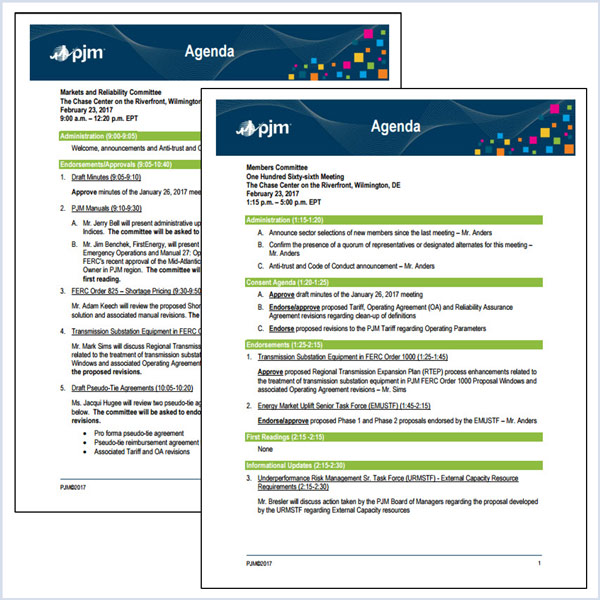By Robert Mullin
Pacific Gas and Electric will continue to be a “critical partner” in California’s efforts to meet its ambitious greenhouse gas reduction goals despite “uncertainty at the federal level,” the company’s top executive said last week.
The company’s key area of focus in that effort: capitalizing on the electrification of transportation as the state strives to put 1.5 million electric vehicles on the road by 2025.
“With the transportation sector accounting for about 40% of California’s greenhouse gas emissions, we expect to play a significant role in helping the state address these emissions by investing in the infrastructure necessary to enable electric vehicle adoption,” PG&E CEO Tony Earley said during a Feb. 16 call to discuss fourth-quarter earnings.
The utility earned $692 million during the fourth quarter of 2016, compared with $134 million during the same period a year earlier. Full-year earnings came in at $1.39 billion, up 60% from the previous year. Operating revenues for the year increased 5% to nearly $17.67 billion on rising electric (+2%) and natural gas sales (+20%), largely the result of rate increases over the previous year. The company also booked an additional $325 million in out-of-period gas revenues based on a 2016 California Public Utilities Commission decision related to a previous under-collection of gas transmission fees.
Earley noted that the PUC in December authorized PG&E to spend $130 million over the next three years to build the infrastructure to support about 7,500 automobile charging stations. The company last month filed an additional request to lay out $250 million to support the charging of medium- and heavy-duty vehicles, such as transit buses.
“We are confident in our ability to execute on a strong growth plan through continued investments in upgrading and modernizing our system, as we help the state achieve its clean energy goals,” said PG&E electric division President Geisha Williams, who will assume the company’s top spot later this year upon Earley’s retirement.
PG&E’s electric transmission business is coming under pressure from slow load growth across the state, which has reduced the need for new transmission projects, according to CFO Jason Wells.
But the company said the reduction in incremental transmission projects should be offset by spending to interconnect new utility-scale renewable projects developed to meet California’s 50% by 2030 renewable portfolio standard — helping to keep 2018 and 2019 outlays equal to current levels.
Wells roughly quantified how the increased use of electric vehicles could help the utility counter the trend of decreasing retail loads stemming from energy efficiency measures and the wider adoption of rooftop solar. A plug-in electric car consumes about half the electricity of an average household.
“So you can think of for every two electric vehicles we add to the system, essentially we’re offsetting the decline that we see from distributed generation,” Wells said.
Based on state agency estimates, the utility expects to have about 600,000 electric vehicles and 150,000 charging stations within its service area by 2025, Wells added. There are currently about 5,000 public chargers in the region.
Williams said PG&E should be somewhat buffered from the expected statewide growth of community choice aggregators (CCAs), which directly draw customers away from the state’s three investor-owned utilities.
“Our service area is made up of many small municipalities and counties,” Williams said. “So, in our case, we think that that transition to higher levels of CCA adoption are going to take a little bit longer.”
But PG&E is still preparing for that potential shift by maintaining a “flexible” energy portfolio, according to Williams. The utility procures more than half of its energy supplies from third parties under long-term agreements, 40% of which represent output the company is under no obligation to take after 2021.
“So, we believe, we’ve got the triggers that we need to be able to meet the load over time,” Williams said.




